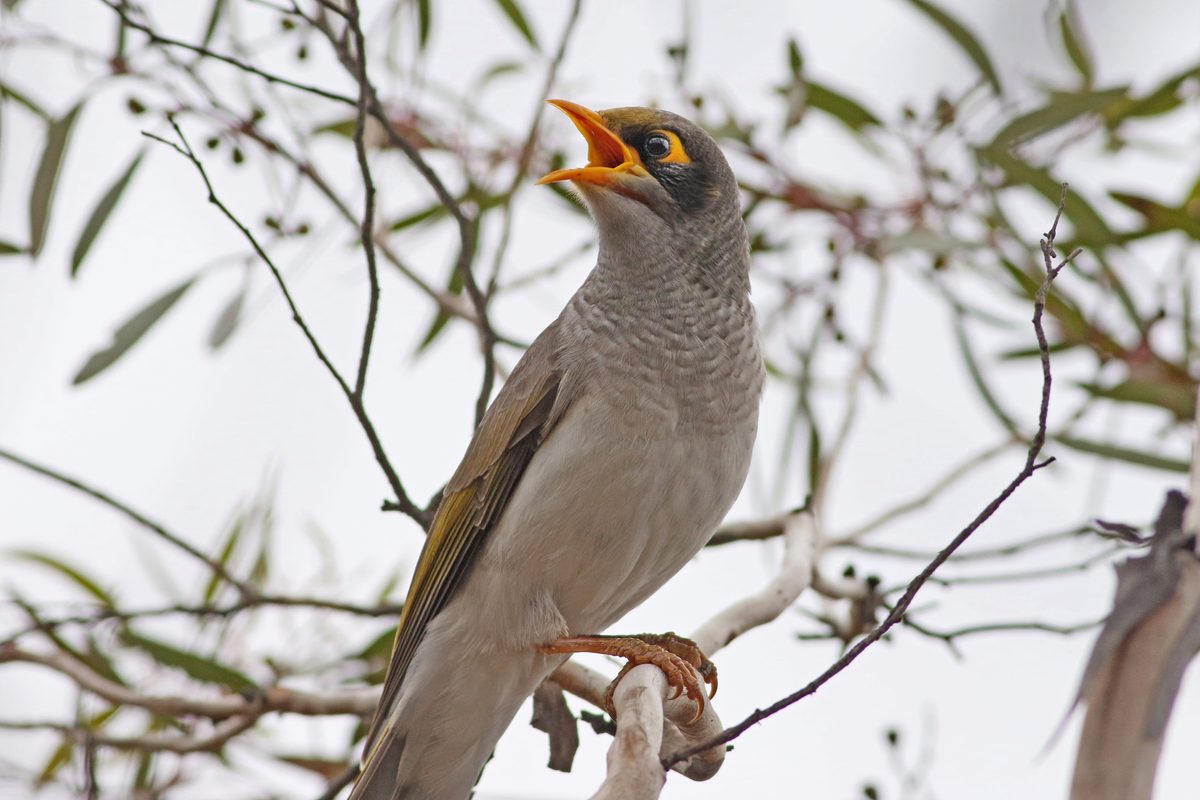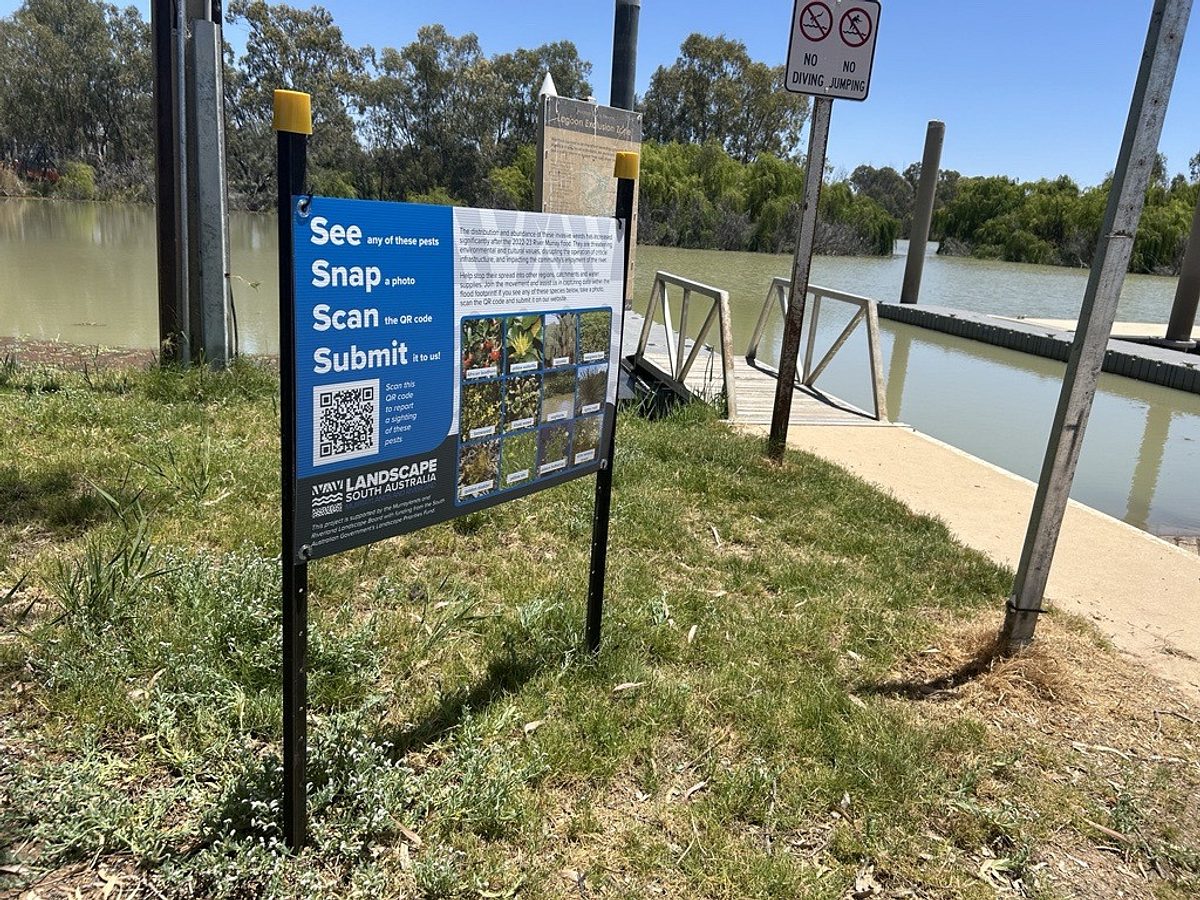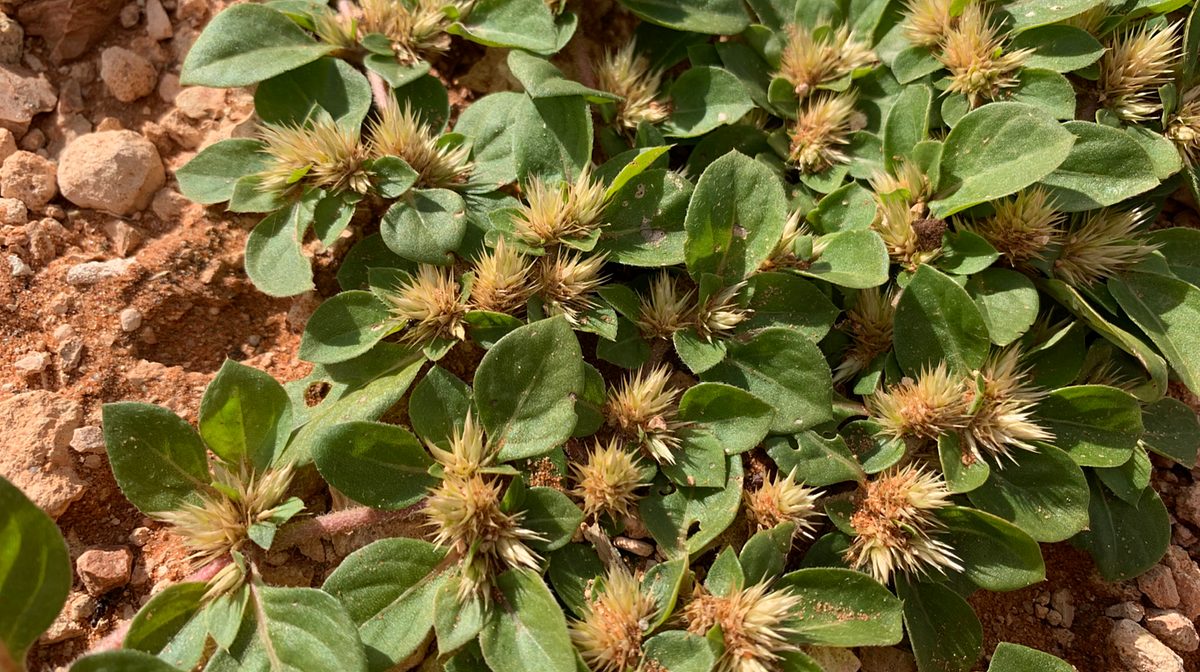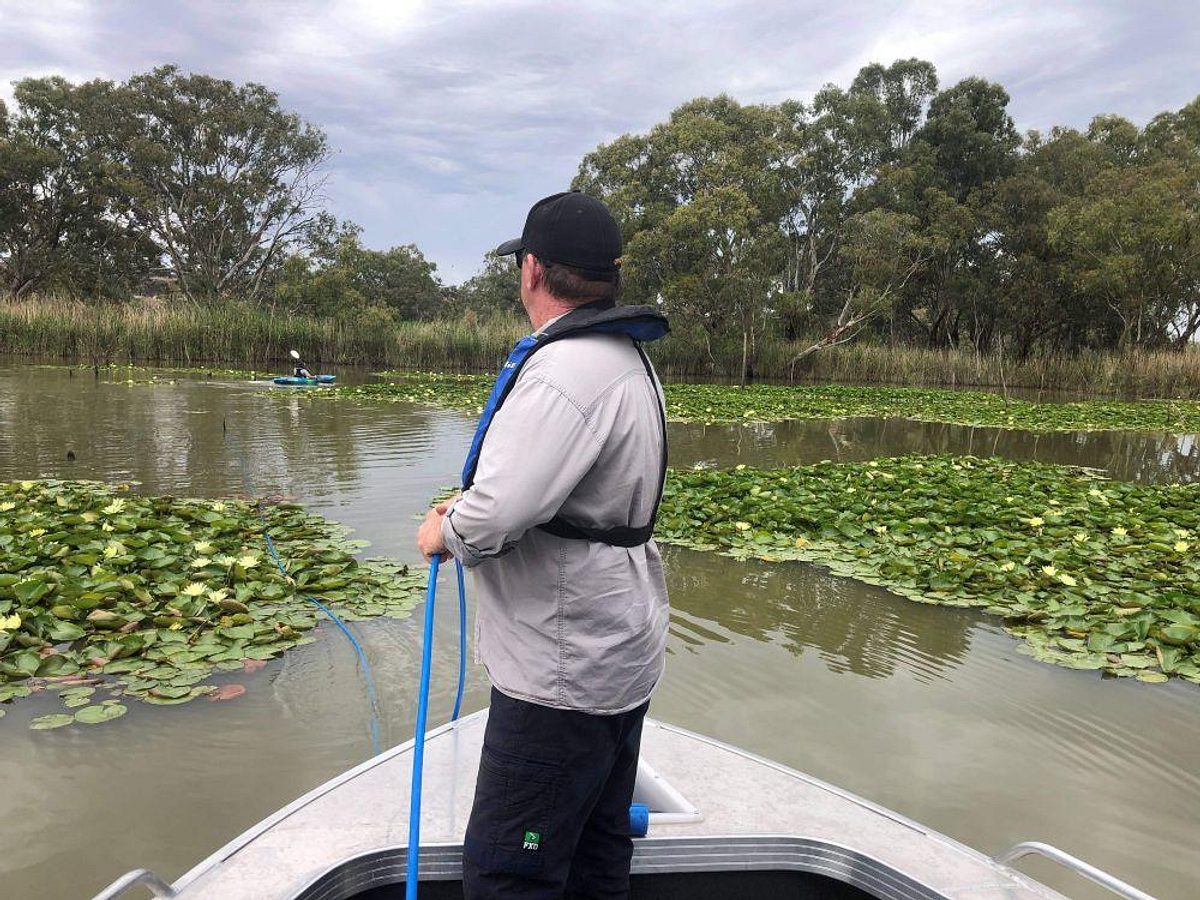Help at hand for black eared miner
The Federal Government has provided the Murraylands and Riverland Landscape Board and partners with $125,267 to protect the endangered black-eared miner from extinction due to habitat loss and breeding with other species (hybridisation).

The Murraylands and Riverland Landscape Board Ecology Team Leader Wendy Stubbs said this 13-month collaborative project is about delivering practical on-ground conservation action within black-eared miner habitat across South Australia and Victoria.
“The project will strengthen the genetic integrity of the black-eared miner and improve critical populations of the species with a focus on managing the threat posed by hybridisation,” Dr Stubbs said.
“Historic clearing of the mallee habitat for agriculture and artificial watering points for the stock has created a more open and fragmented habitat.
“This has led to the yellow-throated miner's range expansion, increasing contact and hybridisation between the 2 species. This has weakened the black-eared miner's biological and genetic diversity.
“By strategically removing key yellow-throated miners from critical black-eared miner habitat, we will improve the endangered bird's outcome,” she said.
In parallel, Dr Katherine Harrisson, a conservation geneticist at La Trobe University, will lead a program to analyse genetic samples from black-eared miners, yellow-throated miners, and hybrids (interbred birds).
The genetic information collected will inform both the current program and future management. It will provide current hybridisation rates, deliver estimates of population size, distribution, levels of inbreeding and clarify links between species.
This information will address knowledge gaps that were previously barriers to black-eared miner recovery efforts, support efficient and effective hybridisation control and improve evidence-based decision making for conservation management.
The management to restore the black-eared miner habitat and lessen the impact of hybridisation is being assisted by other work underway in the region, which includes:
removing ex-pastoral artificial watering points
restoring surrounding habitat
controlling total grazing pressure across the landscape.
Dr Stubbs said the yellow-throated miners' removal is a practical action to protect and enhance the genetic integrity of black-eared miner colonies. It will provide a safeguard for genetic recovery while longer-term habitat restoration continues.
“Through targeted research and removal of known yellow-throated miners, there will besignificant co-benefits to assist with adaptive management of the endangered species in the future,” she said.
Black-eared miner conservation work will take place at;
Gluepot Reserve, Waikerie South Australia
Taylorville Station – Renmark South Australia
Calperum Station – Renmark South Australia
Murray-Sunset National Park, Victoria
Annuello Flora and Fauna Reserve, Victoria
Hattah-Kulkyne National Park, Victoria
The black-eared miner is listed as Australia’s 10th most imperilled bird species. This project will be delivered as a partnership between the Murraylands and Riverland Landscape Board, La Trobe University, Department for Environment and Water, BirdLife
Australia, Department of Environment, Land, Water and Planning (DELWP), Parks Victoria, Zoos SA, Zoos Victoria, Australian Landscape Trust, RLB Ecology and Monash University.
This project is supported by the Murraylands and Riverland Landscape Board through funding from the Australian Government and the landscape levies, as well as contributions from project partners including, La Trobe University, Department for
Environment and Water, BirdLife Australia, Department of Environment, Land, Water and Planning (DELWP), Parks Victoria, Zoos SA, Zoos Victoria, Australian Landscape Trust, RLB Ecology and Monash University.


